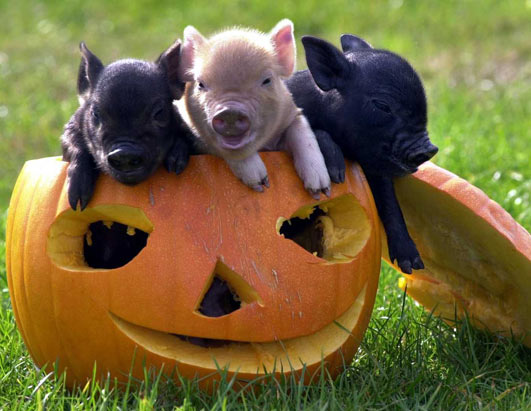One of the crucial pieces of evidence in studies of cereal crop domestication is the DNA mutation that keeps seeds attached to their stalk. Staying attached — not shattering — is important because it allows people to harvest the seeds much more easily. You can gather bundles out in the field, carry them back to the village and do the processing there. If the seeds shatter, you have to harvest early, before they are fully ripe, and thus risk not getting their full food value or do all the processing out in the field or else risk losing much of the harvest on the way back to the village.
The loss of shattering is thus a crucial step in the process from cultivation to domestication.
The shattering mutation itself is extremely rare. In rice, for example, all types of rice share essentially the exact same mutation, crucial evidence that in rice it occurred only once, and then spread from Japonica types back into the wild and from them into the Indica types, domesticated a little later.
Now, we (and others) occasionally play the game of why aren’t any new species being domesticated. Sometimes the answer is that too many people are too satisfied with the few crop species that support humanity. Other times, it is that it is just too hard or too time-consuming, especially if one is hanging around waiting for a non-shattering mutation to arise. Mostly, both.
But hey! We know the gene that is mutated in domesticated rice, and wheat, and sorghum, and maize, and other species too, probably. And we know the nature of the mutation. And we know that the more we know, the easier it is to find out about new species. So, what if some smartypants isolated the gene from an as-yet-undomesticated species, say Coix , mutated it so it no longer functioned to shatter the seeds, and stuck it back in? Then just give loads of samples to loads of farmers and let them get on with the business of selection.
Could we engineer a post-cambrian explosion of crop diversity?
